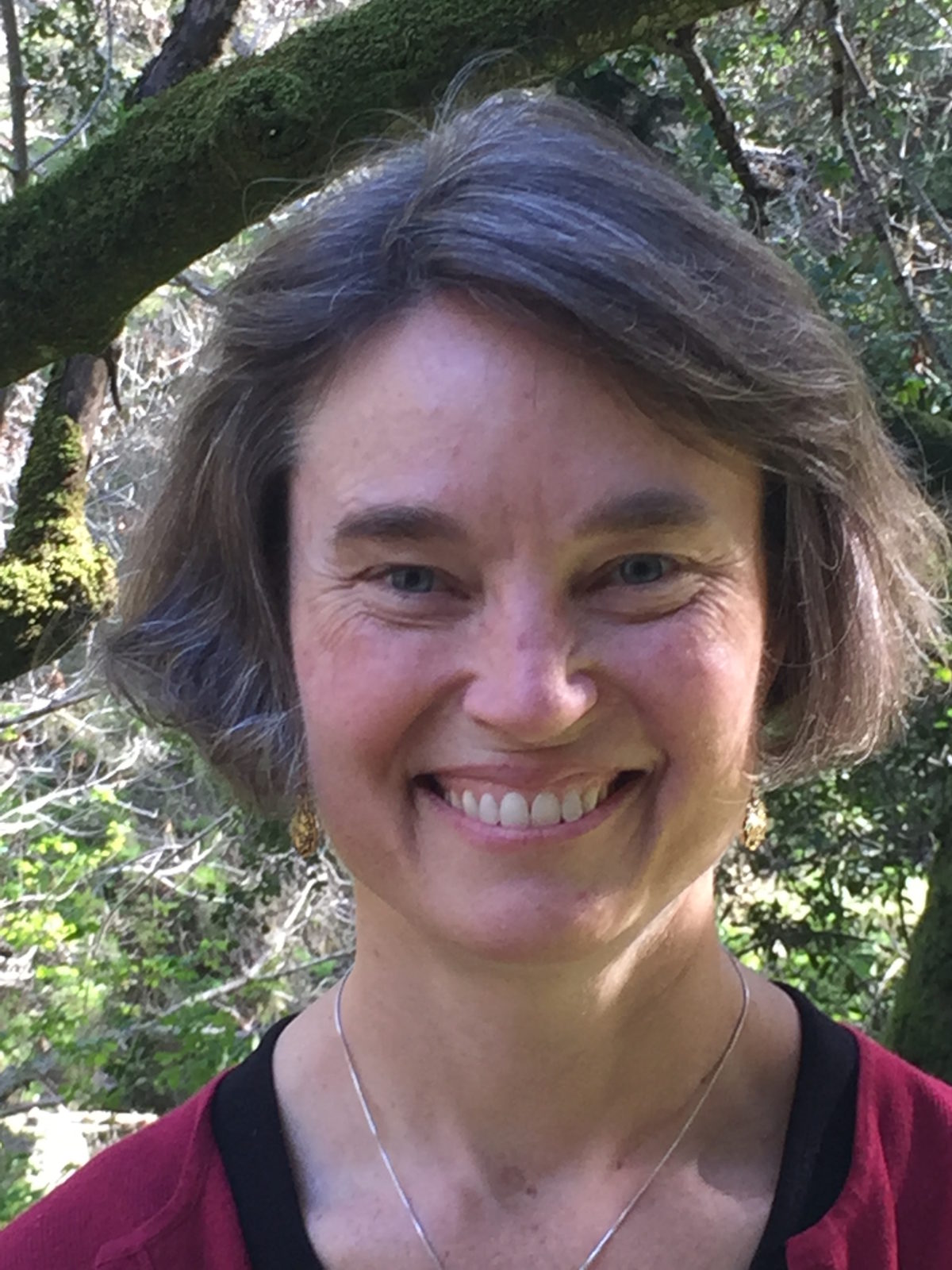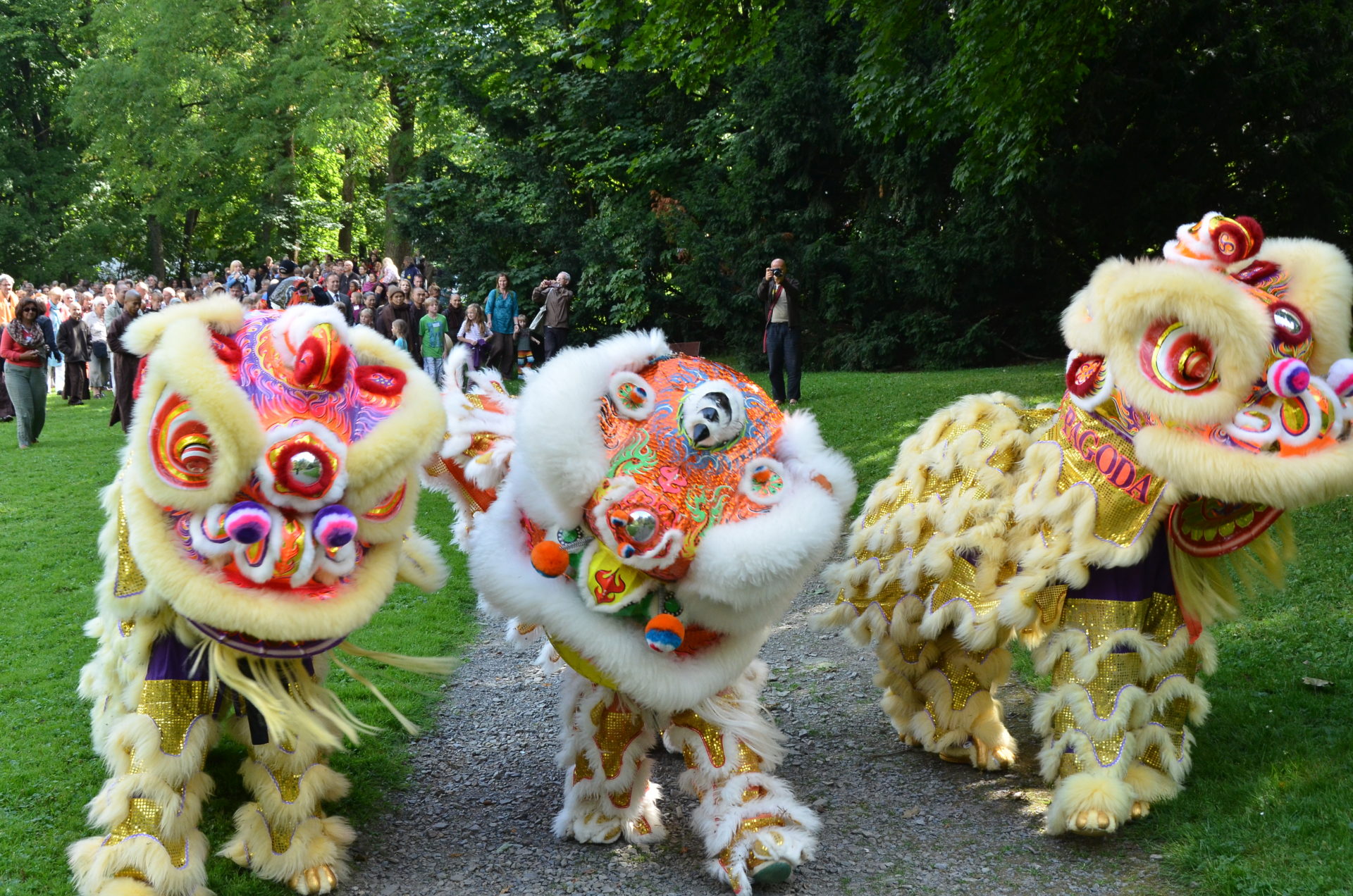Dear Thay, dear Sangha,
One thing that amazes me about human beings is our limitless capacity to be creative in how we transform our suffering. We all suffer; we all live with craving, aversion, and delusion. Yet suffering takes unique forms within each of us. And remarkably, if we rise to the challenge, we are able to respond uniquely and creatively—to find our own personal means of making the compost that turns into flowers.
Dear Thay, dear Sangha,
One thing that amazes me about human beings is our limitless capacity to be creative in how we transform our suffering. We all suffer; we all live with craving, aversion, and delusion. Yet suffering takes unique forms within each of us. And remarkably, if we rise to the challenge, we are able to respond uniquely and creatively—to find our own personal means of making the compost that turns into flowers. There are wonderful tools that all of us can use, like mindful breathing and mindful walking, and yet the ways we apply these tools and invent new ones are as varied as our fingerprints.
The Mindfulness Bell is a place for recording these unique prints—for sharing how we have changed hardship into something nourishing or beautiful. Each story is new, never lived before. Yet all the stories shine a light. “Look,” they all say, “I found a way to use my trouble to learn love. If I did it, you can too.”
This issue shares potent examples of how people have creatively transformed their suffering. Our Sangha friends tell how they have worked with Lyme disease, schizophrenia, abuse, the trauma of war, and their own anger. They tell us the steps they took and the practices they applied, and show us how they realized understanding and compassion, how they flowered beautifully out of dire circumstances.
This issue also offers wonderful essays about the continuation of Buddhism in the young generation, as well as of travel and cross-cultural exchange. It is clear that our internal and external journeys are interwoven, and that, in transforming our inner world, we can bring beauty and joy to the world around us.
Our teacher’s Dharma talk, “To Make Reconciliation Possible,” is a powerful framework for these stories. Thay gives us keys for working with the suffering caused by difficult relationships between individuals, ethnic groups, and nations. He tells us it is essential to reduce the fear, anger, and suspicion underlying conflict and violence. He encourages us, once we’ve understood our own suffering, to say to our loved ones, “Please tell me what is in your heart, your difficulties, your suffering, your fear, your anger, so that I’ll be able to understand.” He counsels us to listen so deeply that “even if the other person says something wrong or provocative, you still continue to listen with compassion.”
Have you ever practiced this kind of deep listening? What have you learned? Have you found creative ways to turn your life’s rare blend of compost scraps into flowers of inner peace, of compassion? How did you do it? Please consider sending your story, your unique bouquet of insight, to the Mindfulness Bell. Or send your thoughts and feelings about the stories you read in these pages. We love to hear from you. May these offerings be nourishing and healing for you and the entire Sangha body.

With love and gratitude,
Natascha Bruckner
True Ocean of Jewels

